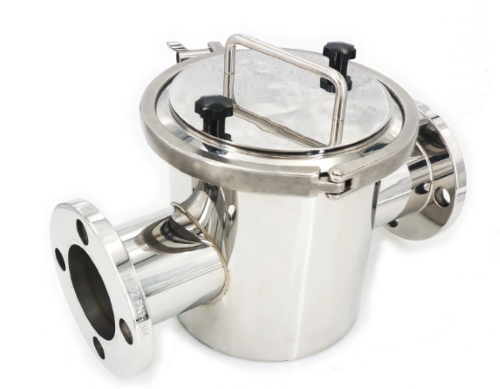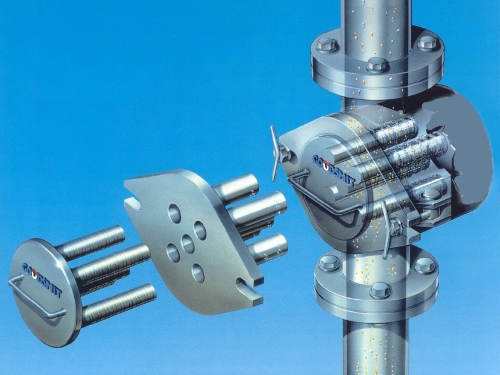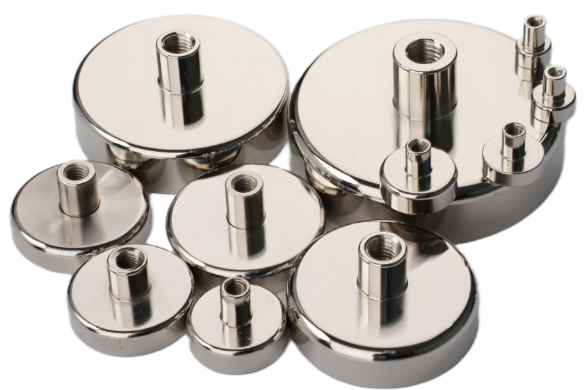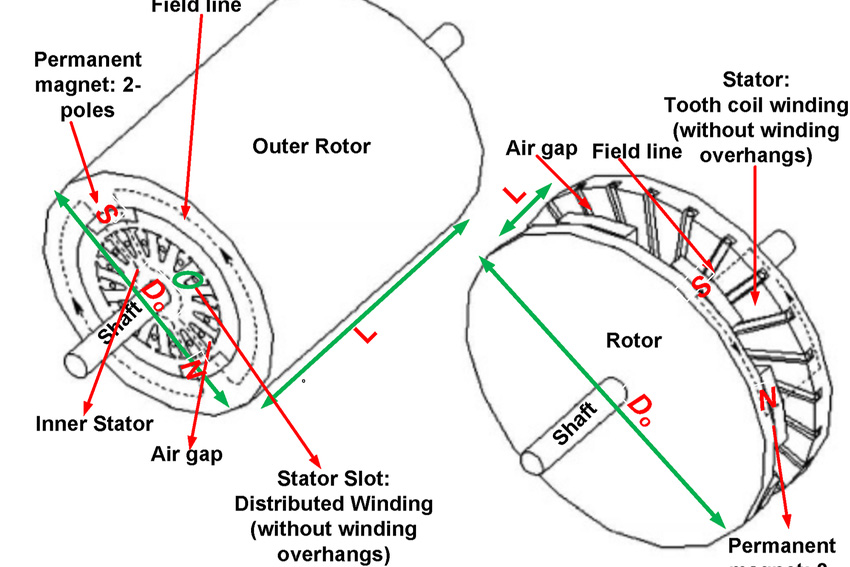What Are the Magnetic Filters?
The magnetic filters are made from neodymium bar magnet and stainless steel. The separator magnet rods are encased in a food-quality stainless steel casing that is sealed by cleaned and polished welds. Within the Rods are NdFeB rare earth magnets held in repulsion.
--What Are the Magnetic Filters?
Magnetic filters use separator magnets to pull and remove ferromagnetic contamination from the material being processed. Such materials include most mild steels, some stainless steels, iron, nickel, cobalt, and manganese. “Non-magnetic” materials such as aluminum, silver, gold, many kinds of stainless steel, and copper, will not be moved by magnets (ignoring paramagnetic and diamagnetic effects, which are very weak).

They have no energy, no pollution, can be installed in any position on the production line. Also, magnetic filters can be in contact with the material, space-saving, and easy installation.
Further reading: An Introduction to Magnetic Filter
--How Do the Magnetic Filters Work?
The magnetic filter bar is a kind of common magnetic assembly and is widely used in many industries. The surface of the magnetic filter bar will generate strong magnetic field strength relying on its particular internal design, then removing iron-contained impurities and magnetic substance from pending material. The magnetic filter bar is also the most important component of a magnetic separator system. The magnetic filter bar is the main consumer of the permanent magnet industry.

--What Are the Uses of Magnetic Filters?
Ferrous contamination can be removed from free-flowing substances such as tea, coffee, sugar, animal feed, grains, powders, shredded plastics/paper/metals, etc.
You can use magnetic filters in:
♦ Water treatment
♦ Chemical industry
♦ Food industry
♦ Recycling industry
♦ Pharmaceutical industry
♦ Plastic industry
♦ Other liquid (hydro- material) separation application

Conclusion
Thank you for reading our article and we hope it can help you to have a better understanding of the magnetic filters and their uses. If you want to know more about magnetic filters and other magnet products, you can visit Stanford Magnets for more information.
Stanford Magnets has been involved in R&D, manufacturing, and sales of permanent magnets since the 1990s and provides customers with high-quality rare earth permanent magnetic products such as neodymium magnets at a very competitive price. Besides, Stanford Magnets specializes in manufacturing permanent magnets according to customer’s requirements in terms of composition, magnetic characteristics, shapes, and sizes.















